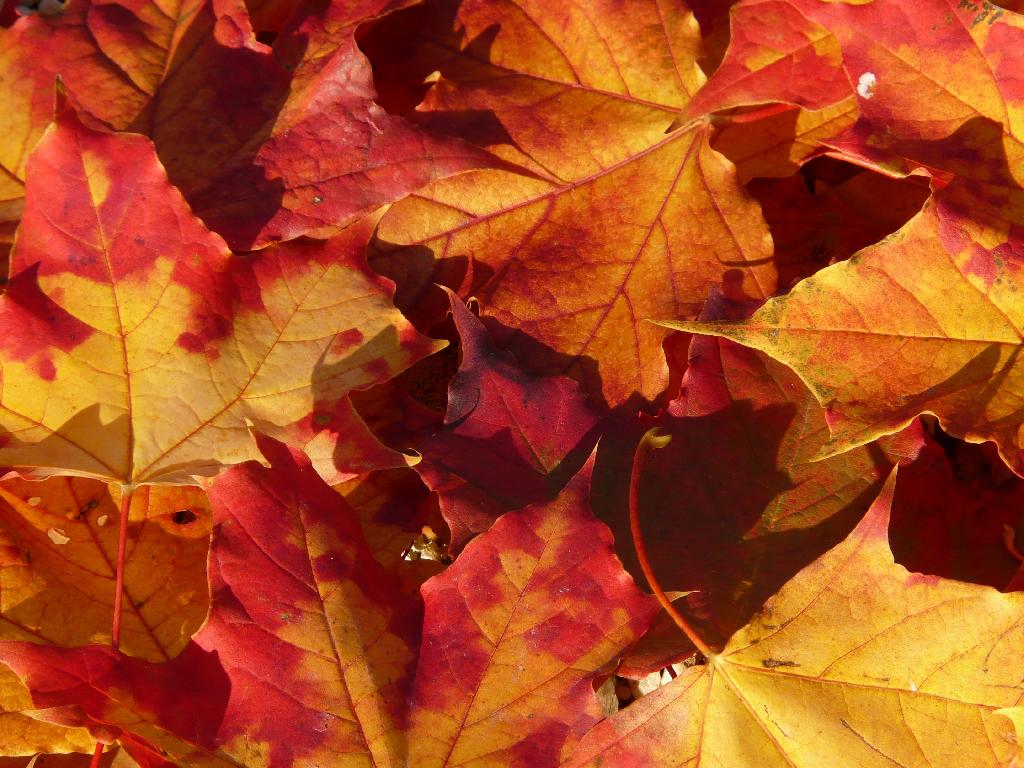Autumn is a busy time for garden pond owners chasing golden leaves before they land up in your pond. Leaves left to sink down to the bottom of a pond will start to decompose eventually turning to sludge. Rich in micronutrients, it is the best fertiliser for algae growth. Therefore, by not maintaining your pond in autumn by keeping debris out, you increase the chance for an excess amount of pond plant growth. Leaf debris in your pond can also give the pond water a less than appealing brownish tint.
So, the best solution is to spend time regularly removing autumn leaves from your garden and surface of your pond. But what do you do with all the leaves you have racked-up? A decade ago it was common practice among many householders to bin garden refuge which accounted for around a fifth of the total weight going into landfill (depending on season and region). Whatever the exact figure is the important fact is that we need to keep green waste out of landfill. Instead rake-up fallen leaves and compost them to make nutrient rich crumbly organic matter.
Freshly fallen leaves added to a composter contain twice the mineral content than manure, which can be contaminated with chemicals from pesticides depending on where it has been collected. Making leaf compost will greatly enrich the nutrients in the soil of your flower beds for healthier plant growth. Leaf compost also helps maintain moisture levels in the soil.
Nutritional benefits of autumn leaves
- improves drainage and aeration of soil
- provide nutrients to beneficial microbes in the soil
- rich in the trace elements soil needs
- 60% of all nutrients extracted from the ground by the roots of trees ends-up in the leaves
- composted leaves will transfer these nutrients into the soil (nutrient levels decline the longer the leaves are left lying on the ground
It is easier to collect-up leaves on a dry wind-free day using a rake, leaf boards or leaf blower. Place the leaves into a bin liner. Pierce holes into the liner and loosely tie the top of the bag. Put the bags in a hidden corner of the garden for two years after which time you can turn out the mulched leaf mould and dig it into your flower beds.
If you prefer an easier method of storing fallen autumn leaves, use chicken wire and garden stakes to build a square or round frame leaf-mould bin in a sheltered area of your garden. Avoid placing the frame in an area of garden where it risks being infected by weeds. You will need to moisten periodically during dry spells to aid the decaying process which takes about two years to become a well rotted leaf mould. You may also want to turn your pile regularly over this period to aerate the leaves and speed up the process of breakdown. 
Leaf mould can be used as seed-sowing compost, used as a mulch or soil improver. Once fully decomposed into a rich hummus it is very beneficial to the soil.
The piles of nutrient-rich organic matter should be considered as autumns gift to your garden and not cursed for their presence scattered across your lawn, pond and flower beds. Our advice for those planning a garden pond build is to site it away from deciduous trees and to raise it slightly above the level of the surrounding landscape to prevent fallen being blow into your pond.
Happy leaf collecting and compositing for a brighter Spring!





